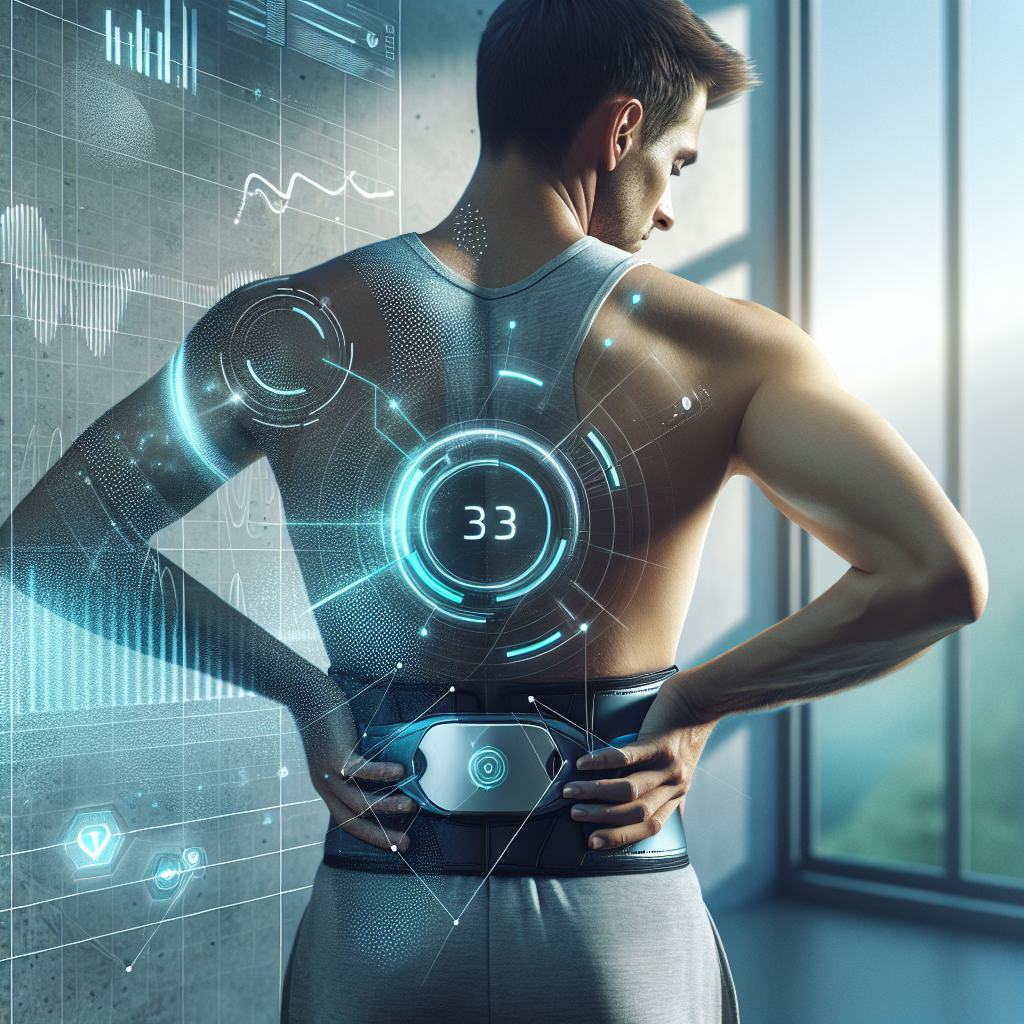The Role of Wearable Technology in Back Pain Management
Back pain is a common ailment that affects millions of people worldwide, often leading to discomfort and decreased quality of life. However, with advancements in technology, wearable devices have emerged as a promising solution for managing and alleviating back pain. In this article, we’ll delve into how wearable technology is changing the game for those suffering from back pain.
Table of Contents
1. Introduction to Wearable Technology
2. How Wearable Technology Assists in Back Pain Management
3. Types of Wearable Devices for Back Pain
4. Benefits of Using Wearables for Back Pain
5. Potential Drawbacks and Considerations
6. Conclusion
7. FAQs

Introduction to Wearable Technology
Wearable technology refers to electronic devices designed to be worn on the body. These devices often include sensors and real-time tracking capabilities, enabling users to monitor various health metrics. While wearables like smartwatches and fitness trackers have gained popularity for general health monitoring, specialized devices are making strides in managing specific conditions, such as back pain.
How Wearable Technology Assists in Back Pain Management
Back pain can be caused by a variety of factors, including poor posture, muscle strain, and chronic conditions. Wearable devices can help address these issues through:
1. Posture Correction: Many wearables offer posture correction features, alerting users when they slouch or maintain poor posture for extended periods. This feedback encourages better habits, reducing strain on the back.
2. Activity Monitoring: Wearables track physical activity levels, providing insights into movement patterns. They can remind users to move or stretch, preventing stiffness and promoting mobility.
3. Pain Tracking: Some devices allow users to log pain levels and triggers, helping identify patterns and potential causes. This data can be shared with healthcare providers for more personalized treatment plans.
Types of Wearable Devices for Back Pain
There is a range of wearable technology options available for those seeking relief from back pain. Here are some of the most popular types:
Smart Posture Correctors: Devices like Lumo Lift and Upright Go attach to your clothing and vibrate gently when you slouch, serving as a reminder to straighten up.
Wearable Belts and Braces: These provide support to the lower back and can be worn discreetly under clothing. Some models include sensors that monitor posture and movement.
Smart Clothing: Companies are developing smart shirts and vests equipped with sensors to monitor posture and muscle activity, providing detailed feedback through accompanying apps.
Benefits of Using Wearables for Back Pain
Incorporating wearable technology into your back pain management routine offers several advantages:
Real-Time Feedback: Instant alerts and notifications help users make immediate adjustments to their posture and activity levels, promoting healthier habits.
Data-Driven Insights: Wearables provide valuable data that can be used to track progress and identify patterns, making it easier to implement effective changes.
Convenience and Comfort: Most wearables are lightweight and easy to use, making them a practical solution for everyday wear.
Enhanced Motivation: The gamification elements found in some devices can encourage users to stay committed to their health goals, maintaining engagement over time.
Potential Drawbacks and Considerations
While wearable technology offers promising benefits, it’s important to consider potential drawbacks:
Accuracy: The accuracy of data can vary between devices, potentially leading to misleading feedback if not carefully monitored.
Cost: High-quality wearables can be expensive, which may be a barrier for some individuals.
Privacy Concerns: As with any connected device, there’s a risk of data privacy issues, so it’s crucial to choose reputable brands with strong privacy policies.
Conclusion
Wearable technology is revolutionizing the way we approach back pain management. By providing real-time feedback and valuable data, these devices empower users to take control of their health and make informed decisions. While there are challenges to consider, the potential benefits make wearables an exciting option for those seeking relief from back pain.
FAQs
Q: Can wearable technology completely cure back pain?
A: While wearables can help manage symptoms and improve posture, they are not a cure. It’s important to consult a healthcare professional for a comprehensive treatment plan.
Q: Are there any side effects of using wearable devices?
A: Generally, wearables are safe, but some users may experience skin irritation or discomfort. Ensuring the device is worn correctly can mitigate these issues.
Q: How do I choose the right wearable for my needs?
A: Consider factors like the specific features you need, device comfort, compatibility with your smartphone, and budget when selecting a wearable.
Embrace the future of back pain management with wearable technology and take proactive steps towards a healthier, pain-free life! 🌟
